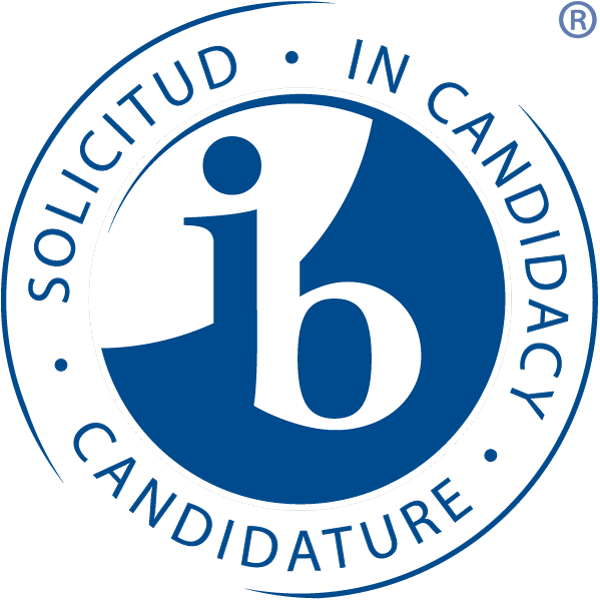A GLOBAL EDUCATION – Every child has the whole world inside themselves
Global Me is based on the social constructivism ideals of Piaget, Vygotsky, and the Reggio Emilia approach developed by Loris Malaguzzi. We see children as the protagonists of their own learning process. Teachers, classmates, and school facilities play a pivotal role in this process. Our partnership with the families of the students is also crucial for us to meet our goals when it comes to preparing a child to be a global individual. Every child has a whole world inside themselves and that is the potential we want to bring out of every one of our students.
Our teaching approach for global education is focused on four main axes that encompass the students’ education. The goal is to explore all of the child’s potential, taking careful and precise steps so they can develop a taste for life and knowledge.
Learning to learn
It is as vital to learn outside the classroom as it is to learn inside it – learn to learn, to debate, to dialogue, to share knowledge. At Global Me, our students learn to develop group activities by collaborating with their classmates and creating a sense of community. That way, they will learn to build relationships with people who are different than they are and have different opinions than theirs by respecting everyone’s right to equality.
Learning to do
That’s why at Global Me, stimulating creativity is a priority. Our students learn to get their hands dirty in art and cooking projects and learn to work with the technology world in our makerspace. We also believe that interacting with nature enriches the development of creativity in our students.
Learning to live
Global Me believes in dialogue, be it verbal or non-verbal. We create an environment of mutual respect and reflection that promotes trust and self-esteem in our students. We propose discussions with our students so they can think on their behavior and find out, on their own, what is right and what is wrong. Students are encouraged to solve conflicts and show affection without fear or shame.
Learning to be
That is why we work with cultural investigation projects and put mindfulness into practice in the day-to-day of the school. This allows our students to learn and be present in the moment, to pay full attention to their activities and understand and manage their emotions. In a connected world that demands our attention, this is very necessary.



